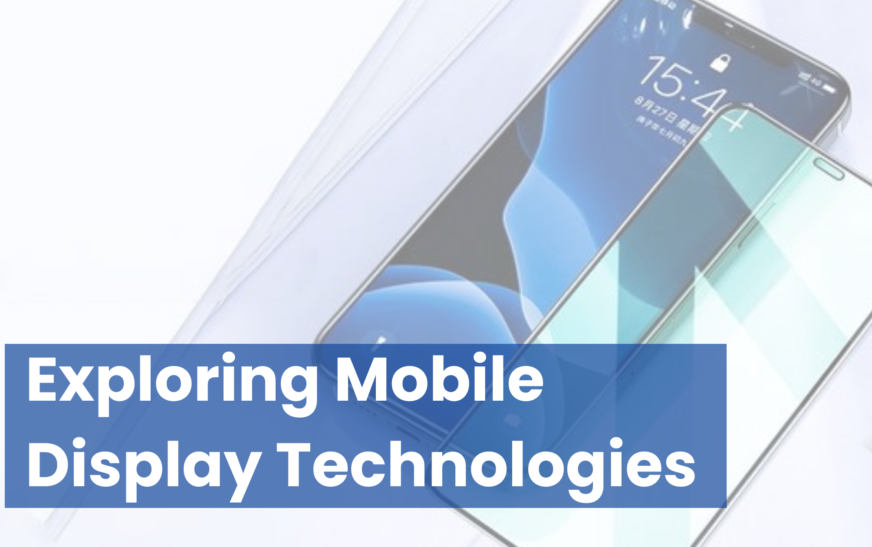Mobile phones have evolved far beyond simple communication devices—they now encompass a variety of advanced technologies, especially when it comes to their displays. Understanding these technologies can help you make informed decisions when choosing a handset. Here’s an overview of the different types of mobile display technologies available today:
LCDs (Liquid Crystal Displays)
LCD displays are fundamental to mobile phones, providing crisp visuals for caller information, menus, and multimedia playback. There are two main types of LCDs:
STN (Super Twisted Nematic LCDs): STN LCDs use passive matrix technology, where pixels are controlled externally through row and column drive lines. This technology offers limited color range and narrow viewing angles.
TFT (Thin Film Transistor LCDs): TFT LCDs, also known as Active-Matrix LCDs, use transistors to control each pixel directly, resulting in better color accuracy and wider viewing angles compared to STN LCDs.
OLED (Organic Light Emitting Diode)
OLED is an innovative display technology that offers significant advantages over traditional LCDs:
- Self-Illumination: OLED screens emit their own light, eliminating the need for a backlight. This feature not only reduces power consumption but also allows for thinner and more flexible display designs.
- Color Accuracy and Viewing Angles: OLED displays provide vibrant colors and excellent viewing angles due to their ability to individually control each pixel’s brightness.
- Types of OLED Displays:
- Passive-Matrix OLEDs: Utilize rows and columns of electrically-conducting material to control pixels, offering simpler designs but lower efficiency.
- Active-Matrix OLEDs: Incorporate Thin Film Transistors (TFTs) for precise pixel control, resulting in superior image quality and lower power consumption compared to passive-matrix OLEDs.
Applications Beyond Mobile Phones: OLED technology isn’t limited to mobile phones—it’s also used in portable audio players, car audio systems, PDAs, and digital cameras. Its versatility allows for innovations in ultra-thin, flexible, and transparent display applications.
Conclusion: Choosing the right display technology for your mobile phone involves considering factors like color accuracy, viewing angles, power efficiency, and overall user experience. Whether you opt for the traditional reliability of LCDs or the cutting-edge advantages of OLEDs, understanding these technologies empowers you to select a handset that meets your needs.
For more insights on mobile technologies and to explore our range of informative articles, visit MyCityUpdates.live. Discover the latest in mobile innovation and enhance your understanding of digital technology today!



